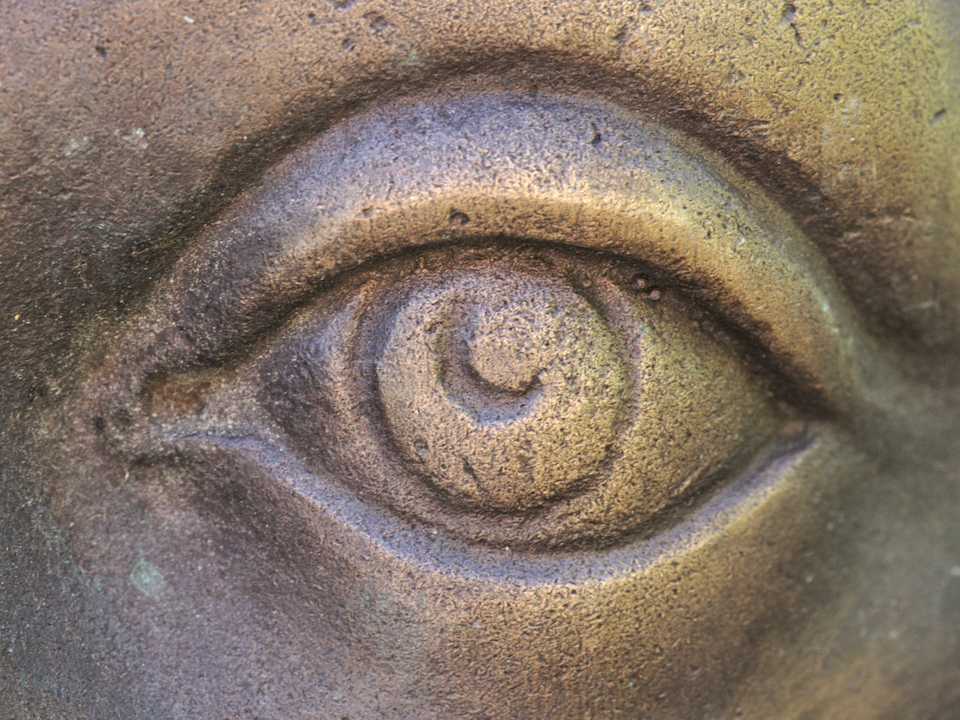How Does Laser Eye Surgery Work To Correct Prescription?
The technology behind lasik and PRK seems too good to be true! But this isn’t science fiction. This is reality! How is it possible that a laser is able to reshape the cornea in just the perfect way to correct vision and get out of glasses?
Let’s first talk about laser eye surgery for nearsighted individuals. When people are nearsighted, the eye focus light before it hits the retina. Ultimately, their cornea is too steep for their retina and light bends out of focus before hitting the retina. To correct this, lasik makes their cornea less steep.
Laser eye surgery corrections are down with an excimer laser. A long time ago, it was discovered that this laser disrupts the microscopic chemical bonds to remove a very precise amount of cornea tissue. Moreover it was discovered that the cornea reacts to the excimer laser in a very very predictable fashion. Each laser pulse has the same effect over and over again. Because of this, pulses can be placed around the cornea to cause a very predictable change.
Going back to our nearsighted patient, if we were to somehow flatten the cornea, then light wouldn’t be bent out of focus and would actually reach and focus on the retina. This is exactly what lasik does. By using the excimer laser to reduce the thickness of the central cornea, the cornea becomes more flat and vision comes into focus!
Laser eye surgery for farsighted individuals works the same way. Their cornea is too flat to bend light onto the retina. In those cases, lasik and PRK reduces the thickness of the cornea in the periphery to steepen the cornea and focus light where it needs to go.
Surprisingly simple concept behind such powerful advanced lasers! A finely calibrated orchestra to perfectly shape the cornea and provide amazing uncorrected vision.
Also check out How Does Lasik Work? on EyeMountain.com
Related Articles
Please note: The general information provided on the Website is for informational purposes only and is not professional medical advice, diagnosis, treatment, or care, nor is it intended to be a substitute therefore. See the Disclaimer and Terms of Use for more information
